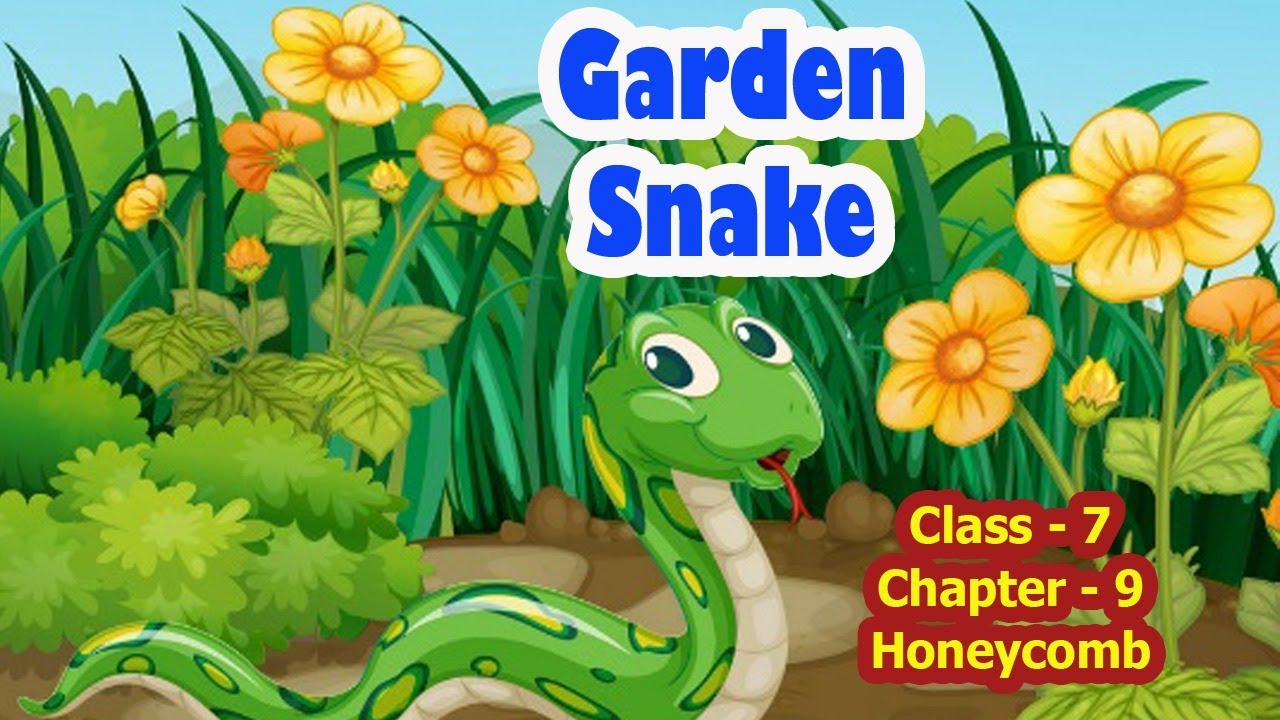
About Lesson
Chapter Title: Garden Snake
Author: Muriel L. Sonne
Summary:
Introduction:
- The speaker initially expresses fear upon encountering a snake.
- The common belief is that all snakes are dangerous, but the speaker’s mother offers a different perspective.
Understanding the Harmless Snake:
-
Encounter with the Snake:
- The speaker sees a snake and instinctively runs away, influenced by the general belief that snakes are dangerous creatures.
-
Mother’s Reassurance:
- The speaker’s mother intervenes, reassuring the child that not all snakes are harmful and that some, like the garden snake, are actually beneficial.
- The mother emphasizes that this particular snake eats insects, indicating its helpful role in the ecosystem.
-
Changing Perspective:
- Encouraged by the mother’s words, the speaker decides to change their reaction to encountering the snake in the future.
- Instead of running away in fear, the speaker resolves to calmly observe the snake and let it pass, recognizing it as harmless.
Conclusion:
- The speaker concludes that encountering a garden snake is nothing to fear, as it is harmless and performs a valuable ecological role by controlling insect populations.
Explanation of the Poem:
- The poem depicts the speaker’s initial fear of encountering a snake, which is a common reaction due to the widespread belief that all snakes are dangerous.
- However, the speaker’s mother corrects this misconception by explaining that some snakes, like the garden snake, are beneficial because they eat insects.
- Encouraged by the mother’s explanation, the speaker decides to change their perspective and not be afraid when encountering a garden snake in the future.
- The poem highlights the importance of understanding and respecting the role of different creatures in nature, even those commonly misunderstood or feared.
Join the conversation
